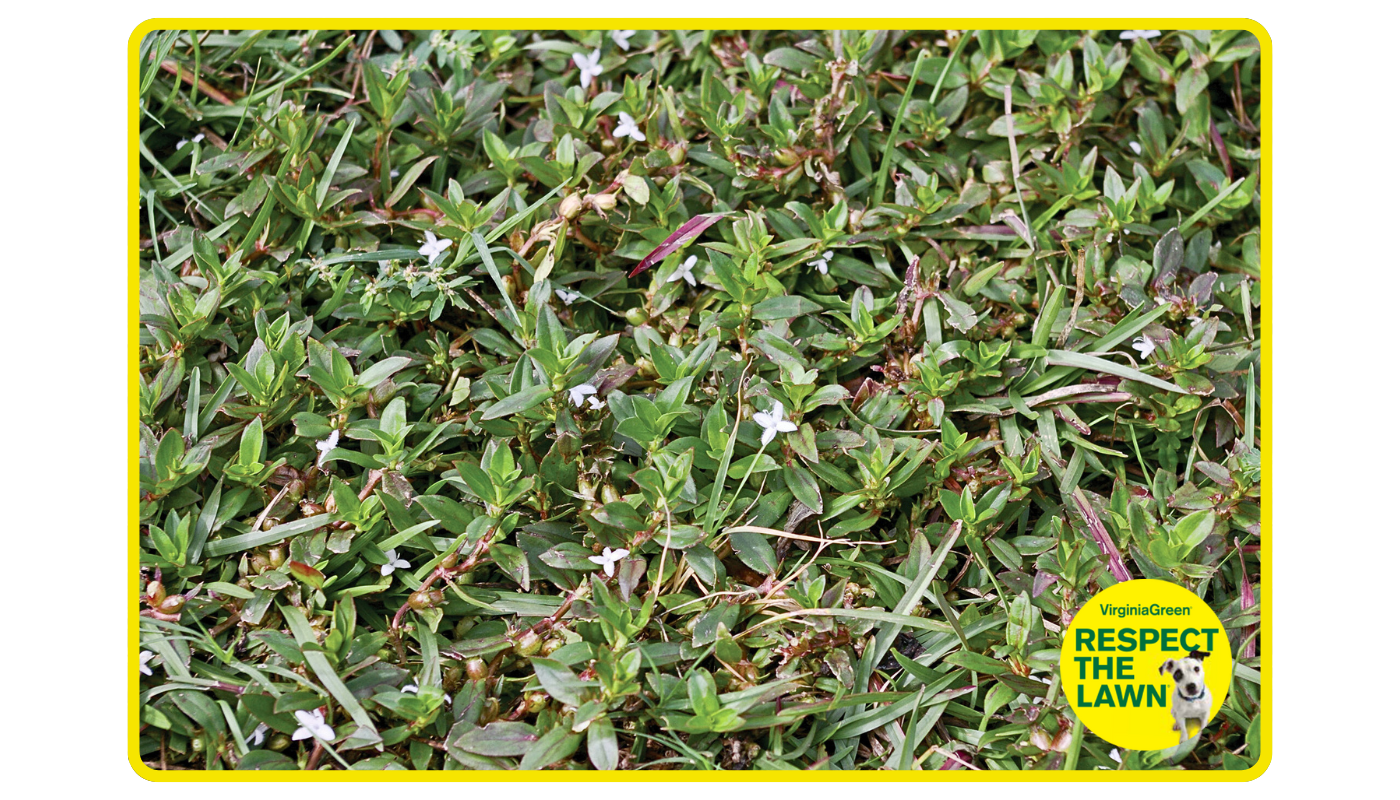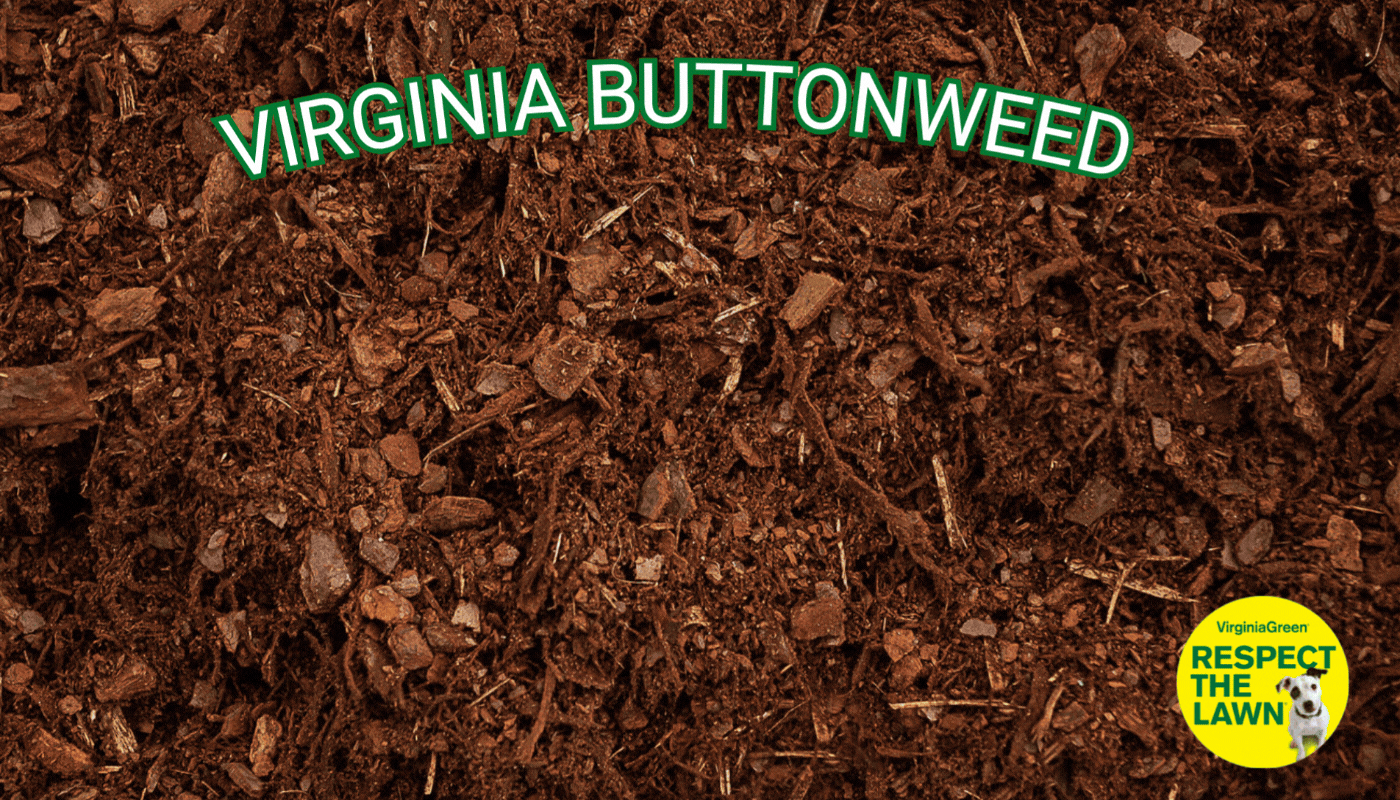Virginia Buttonweed
Virginia Buttonweed (Diodia Virginiana), is highly aggressive in lawns and garden beds and can host nasty insects such as the flea beetle.
Virginia Buttonweed (Diodia Virginiana)
Perenial, Summer Annual, Winter Annual
Virginia Buttonweed features deep-roots and prostrate or spreading branches with hairy stems. Its leaves are elongated, lance-shaped and grow opposite one another on the stems. Virginia Buttonweed’s tubular flowers are white to purplish and grow in the leaf axis along the stem. Flowers resemble four-pointed stars. This weed spreads by both seed and plant segments and prefers moist, wet conditions.

Identifying Buttonweed
Virginia Buttonweed can easily be identified through the linear, lance-shaped leaves formed opposite one another along the stem. Other identifiers include small, ovular shaped fruits and similar sized four petal flowers.
As a whole, Virginia Buttonweed can be identified by its low to the ground, mat-like growth. It is mainly attracted to areas with poor draining soils or consistent wet spots in gardens. Ares to pay particular attention to include low points in your lawn where pooling of water may occur.

You Can Identify Virginia Buttonweed Using the Following Visual Cues:
- Opposite growing leaves that grow in pairs on either side of the stem.
- Leaves are lance shaped and are slightly rough to the touch.
- Leaves can be light yellow to green in color.
- Mentioned above, Virginia Button weed is low growing and stems may grow horizontal to the ground.
- Flowers are star-shaped and white with pink streaks. These flowers will grow in clusters and are small, about ½ inched in diameter.
Why You Should Remove Buttonweed from your Yard
While indicated as a Virginia Native by its common and Latin names, Diodia Virginiana, Virginia Buttonweed is highly aggressive in lawns and garden beds and can host nasty insects such as the flea beetle. These beetles can damage the leaves of plants, stunt their growth and reduce the quality of such things as produce.
Buttonweed is a highly competitive weed to lawns, spreading through seed, root, and stem fragments. Due to its prostrate, somewhat flat spread pattern, buttonweed can often grow unnoticed, taking over yards and gardens right before your eyes. This low, flat growth is also tolerant to mowing, while also keen to be propagated through what parts are mowed.
When and How to Remove Buttonweed
Buttonweed is often preventable with good lawn care practices and mowing, proper fertilization and soil pH management. As Buttonweed is attracted to areas of high moisture, limiting areas with poor irrigation or drainage in your lawn can help stave off the weed.
It is important to note that a pre-emergence herbicide is ineffective against Buttonweed. If Buttonweed has taken over spots of your lawn, it is often best to counter it with post-emergence fertilizer in early spring when the plant begins to pop up in your yard. After the application of post-emergence fertilizer, it is common to see the plant brown and the foliage wither.

Need Help Tackling Weeds?
Our agronomists (soil scientists) can give your lawn the attention it deserves.